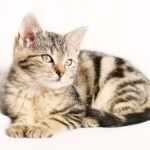Have you ever wondered why your cat seems to recover from injuries faster than expected? Or perhaps you’ve noticed your feline friend purring not just when content, but also when stressed or in pain. What you’re witnessing isn’t simply a quirk of nature. It’s actually one of the most fascinating healing mechanisms in the animal kingdom.
Cats purr during both inhalation and exhalation with a consistent pattern and frequency between 25 and 150 Hertz. This isn’t just a pleasant sound for your ears. Various investigators have shown that sound frequencies in this range can improve bone density and promote healing. Your cat’s purr might be more medicinal than you ever imagined.
The Science Behind Purring Vibrations

Scientists have demonstrated that cats produce the purr through intermittent signaling of the laryngeal and diaphragmatic muscles. This complex process creates something remarkable: a self-healing machine built right into your cat’s throat. Scientists have demonstrated that cats produce the purr through intermittent signaling of the laryngeal and diaphragmatic muscles. Cats purr during both inhalation and exhalation with a consistent pattern and frequency between 25 and 150 Hertz.
The frequencies cats produce aren’t random. Domestic cats, servals, ocelots, and pumas produce fundamental, dominant, or strong frequencies at exactly 25 Hz and 50 Hz, the two low frequencies that best promote bone growth/fracture healing. Think of it like your cat carrying its own personal healing device, activated whenever needed.
Bone Healing Through Natural Frequencies
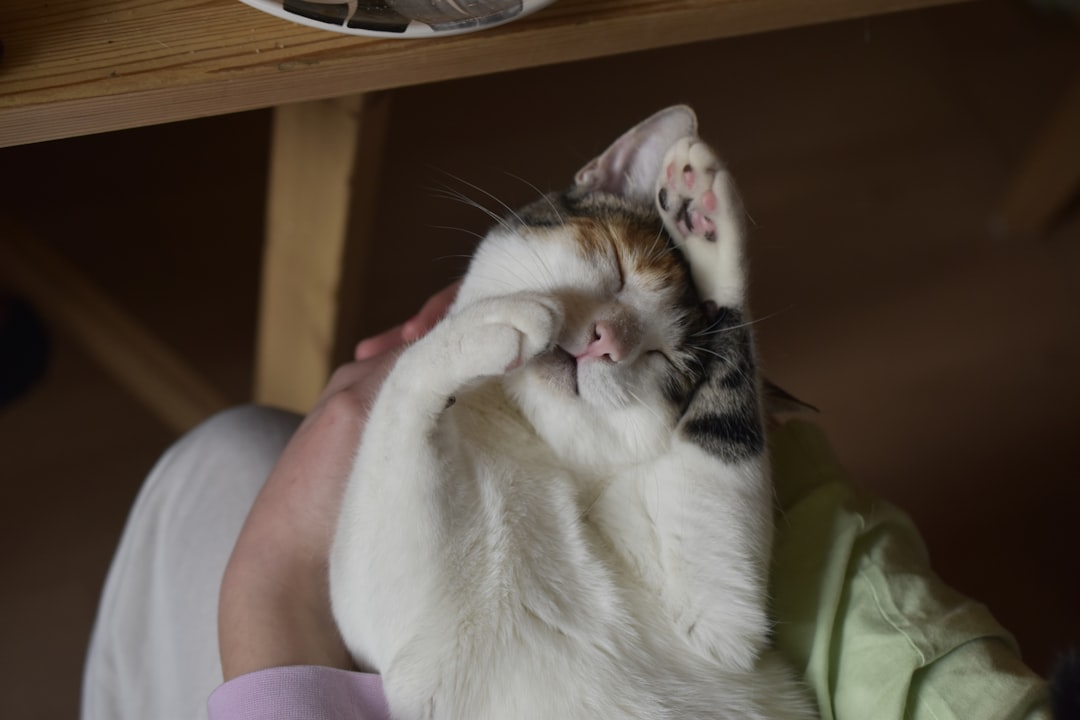
Research has shown that bones can heal when exposed to certain sound frequencies, with Dr. Clinton Rubin’s studies focusing on vibrations around 30-90 Hz. A cat’s purr is exact 25 Hz and 50 Hz. This remarkable coincidence suggests cats have evolved a sophisticated internal healing system. Cats are well-known for their ability to heal quickly from their own broken bones, and the incidences of joint problems and bone cancer in cats are low.
This conjecture is supported by the fact that broken felid bones take significantly less time to heal than broken dog bones, and that low frequency vibrations in the range of cat purrs are used to heal complex fractures in humans. Your cat’s recovery speed isn’t just luck or genetics. It’s active self-treatment happening with every purr.
Muscle Strengthening During Rest
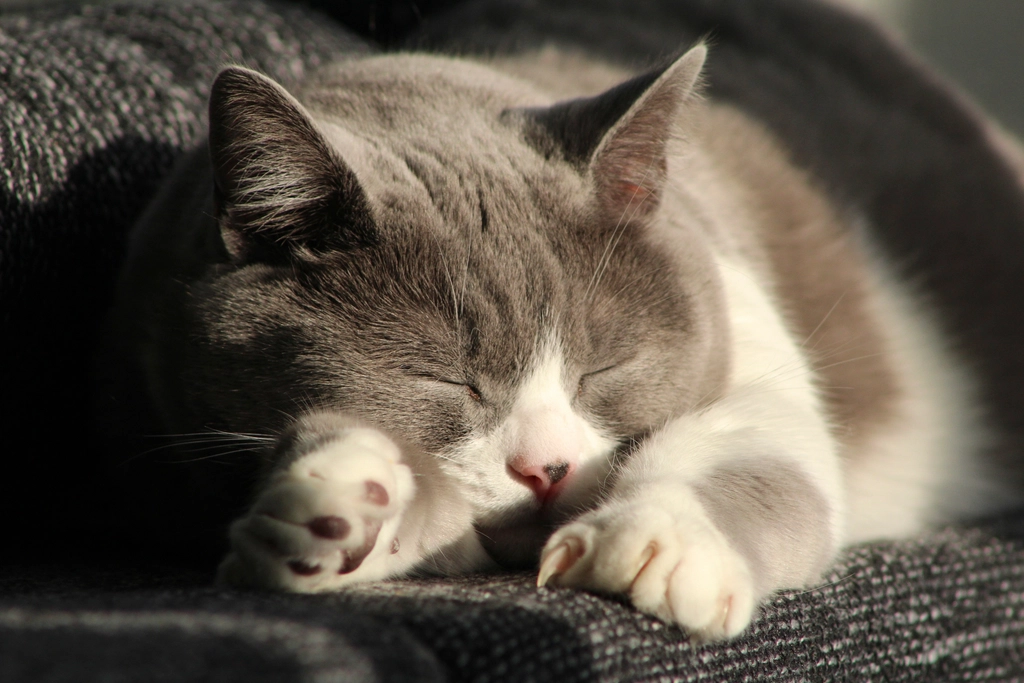
Because cats have adapted to conserve energy via long periods of rest and sleep, it is possible that purring is a low energy mechanism that stimulates muscles and bones without a lot of energy. This explains why house cats can spend 12-16 hours a day sleeping without losing muscle mass. “Because cats have adapted to conserve energy by means of long periods of rest and sleep, it is possible that purring is a low energy mechanism that stimulates muscles and bones without using a lot of energy.”
The purr may be a low-energy way for cats to keep their bones and tissues healthy while sedentary or at rest. While you might worry about your own fitness during periods of inactivity, cats have developed this ingenious solution to maintain their physical condition even while napping.
Pain Relief and Stress Reduction
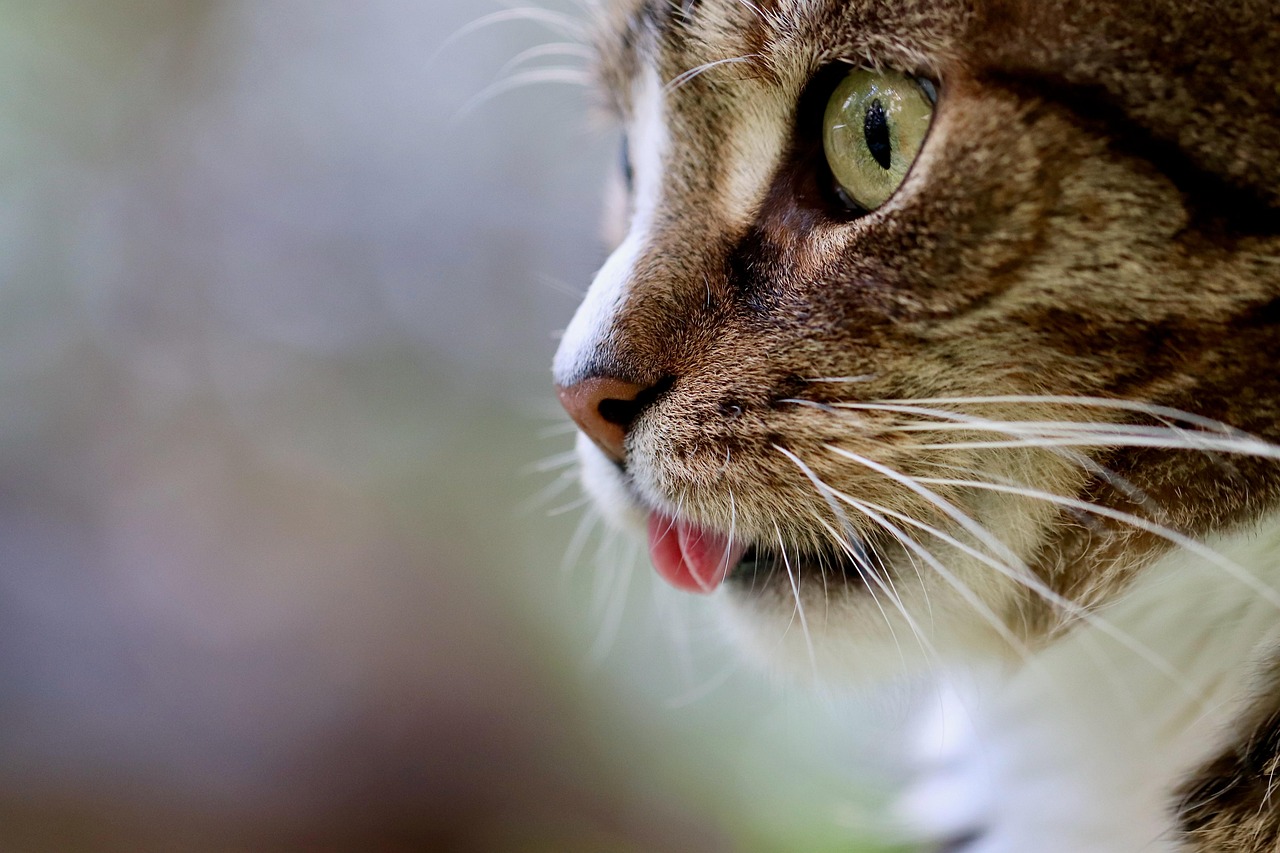
Cats often purr while under duress, such as during a visit to the veterinarian or when recovering from injury. Thus, not all purring cats appear to be content or pleased with their current circumstances. This challenges the common belief that purring only indicates happiness. cats also purr when they are stressed or severely injured; when they are recovering from an illness or injury; and while giving birth or while they are dying.
These four species have harmonics in their purrs that may provide therapeutic benefits for pain relief and other conditions. Your cat essentially has access to its own pain management system. Purring releases endorphins in cats, and it can do the same thing in humans, too.
Breathing Support and Respiratory Health
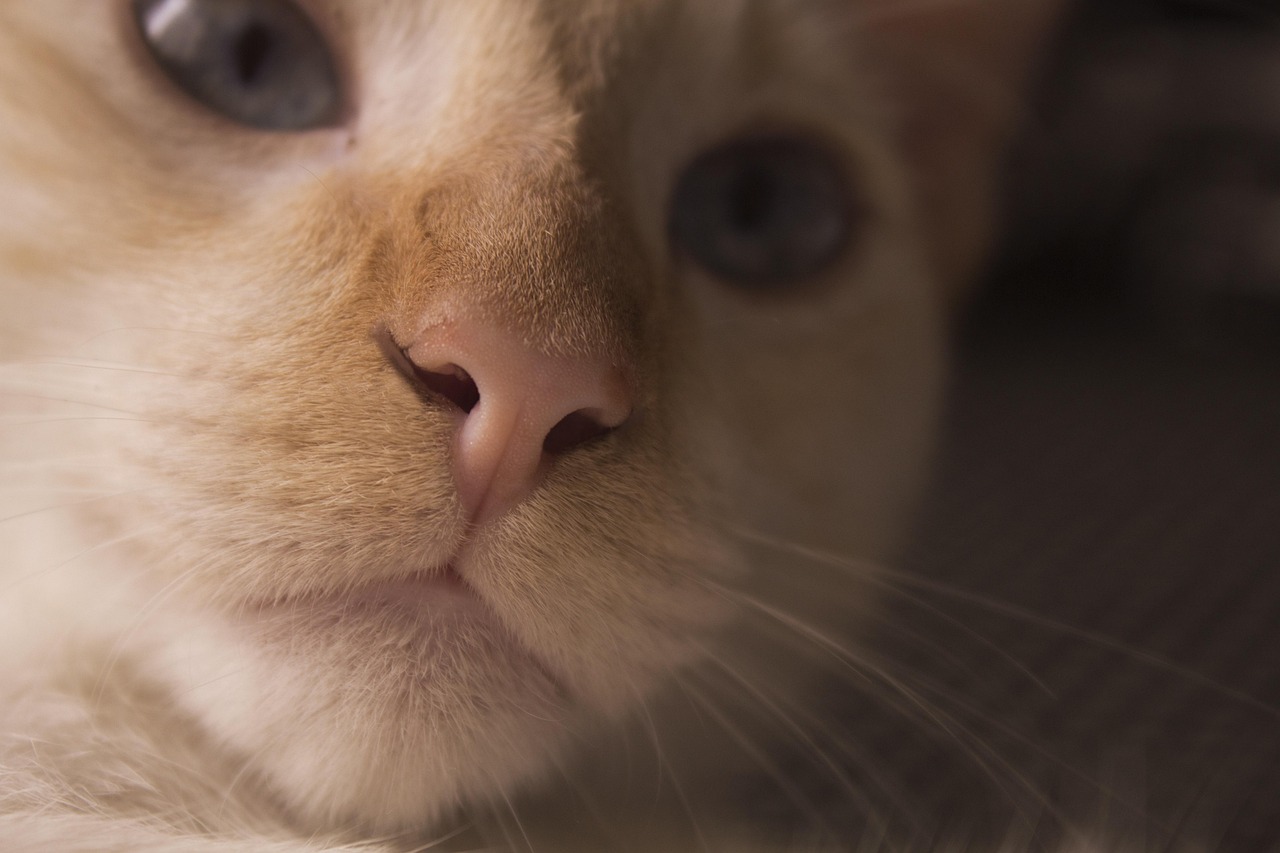
Clinical observations of cats that are suffering from upper respiratory conditions resulting in dyspnea or trouble breathing, indicate that purring helps the cat breathe more easily. This suggests purring serves multiple therapeutic purposes beyond bone healing. In fact, respiratory distress related to heart disease isn’t nearly as common in cats as it is in dogs and humans. A person with respiratory problems might also be able to breathe easier if a purring cat is nearby.
In the same study mentioned above, it was noted that the frequency of cat purrs corresponded to electrical and vibrational frequencies used in the treatment of dyspnea (trouble breathing). Your cat might unknowingly be providing respiratory therapy during those cozy evening cuddles.
Wound Healing and Tissue Repair

Purr frequencies correspond to vibrational/electrical frequencies used in treatment for bone growth/fractures, pain, edema, muscle growth/strain, joint flexibility, dyspnea, and wounds. This comprehensive healing toolkit helps explain cats’ legendary resilience. The healing power of cat purrs is believed to help with infections, swelling and pain, muscle growth and repair, tendon repair and joint mobility.
According to studies, a frequency of 25 to 50 hertz (like that of a cat’s purr) can improve bone density, build bone strength, support wound and fracture healing, and stimulate bone fracture repair. It can also provide pain relief and help manage breathlessness and inflammation. The purr acts like a natural antibiotic and anti-inflammatory medication rolled into one.
An Energy-Efficient Survival Mechanism
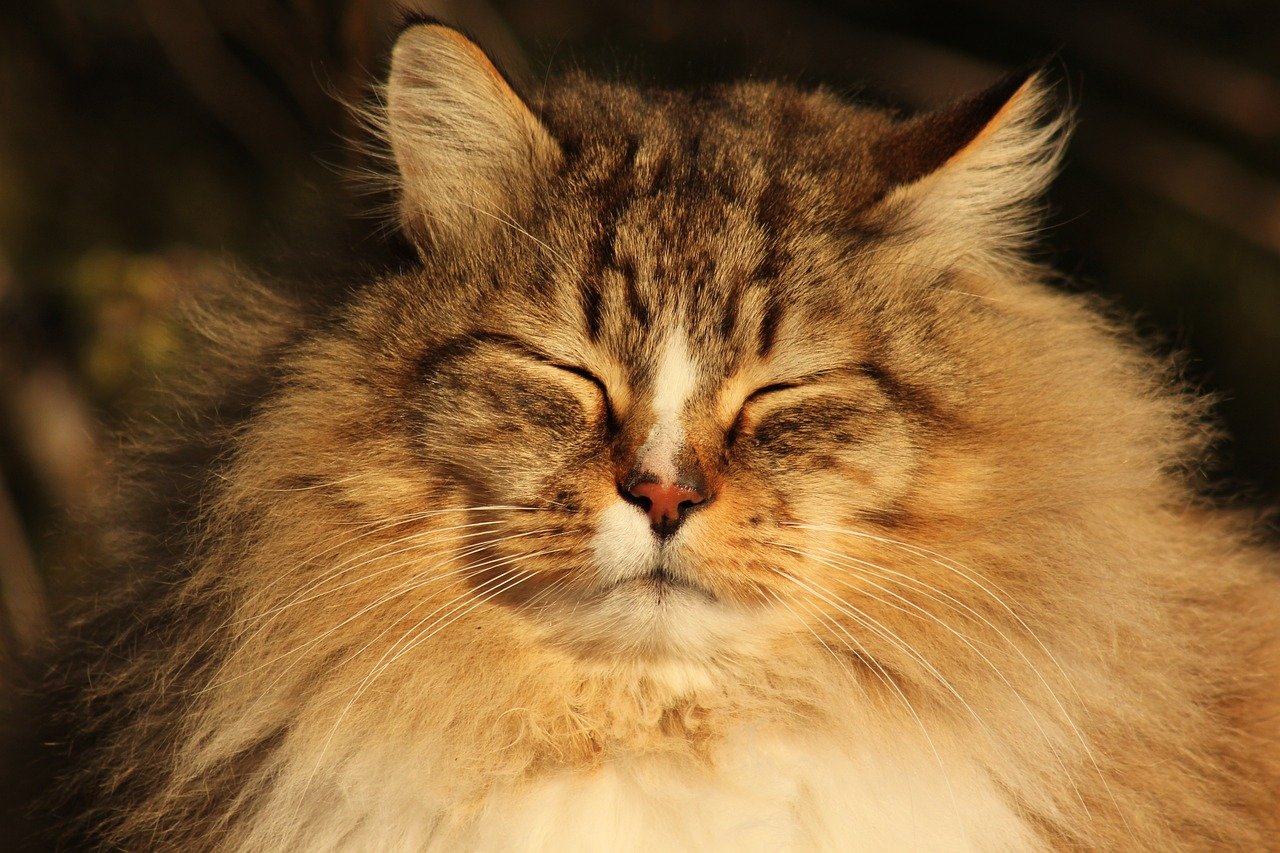
There also would have to be a very good reason for energy expenditure (in this case creation of the purr), when one is physically stressed or ill. The vibration of the cat’s diaphragm, which with the larynx, creates the purr, requires energy. If an animal is injured they would not use this energy unless it was beneficial to their survival. This evolutionary logic makes perfect sense.
Muggenthaler concluded that cats’ purrs have self-healing properties and are a survival mechanism. In 2010, I wrote in my book “Small Wild Cats: The Animal Answer Guide” that, since the purr is a product of evolution, and had not become superfluous, purring must be beneficial. What could this benefit be? The cost of breathing is increased by adding a purr so possible benefits must outweigh additional costs. Perhaps the purr carries a positive health benefit.
The next time your cat curls up and begins that familiar rumbling, remember you’re witnessing millions of years of evolution at work. Your feline companion isn’t just expressing contentment or seeking attention. They’re activating a sophisticated biological healing system that promotes bone strength, reduces pain, accelerates tissue repair, and maintains muscle tone. Purring may provide a basis for this feline mythology about cats having nine lives. Perhaps they’ve simply evolved the ultimate self-care routine.
What do you think about your cat’s remarkable healing abilities? Tell us in the comments.




